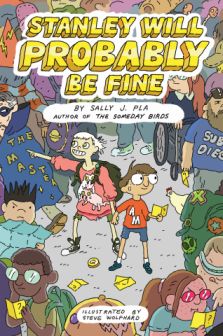
This is an excerpt from an interview that appeared in the March 2018 issue of Children’s Book Insider.
by PJ McIlvaine
The path to publication is not always a straight road; sometimes there are twists and curves and unexpected potholes that throw you for a loop. Sally J. Pla (www.sallyjpla.com) took upheavals in stride, turning lemons into lemonade with two published books: the critically regarded The Someday Birds (Harper Collins 2017), and Stanley Probably Will Be Fine (Harper Collins 2018), which garnered a Kirkus starred review and was named a Junior Library Guild Selection of 2018. Her picture book, Benny, The Bad Day, and Me, is coming out from Lee & Low in late 2018. Drawn to neurodiverse characters, Pla (pronounced “Blah” but with a P) has found her niche in the ever-expanding kid lit universe of #ownvoices.
PJ McIlvaine: Your novels both deal with characters in the “neurodiverse world.” What exactly does that term personally mean to you, and why are you drawn to write about those who feel left out or different or who have difficulty fitting in with expected social norms? How much of yourself do you see in your characters?
Sally Pla: I like to use Professor Nick Walker’s definition of “neurodiversity” which you can find on his blog Neurocosmopolitanism.com – it is, quite simply, a term referring to “the diversity of human brains and human minds.” But it implies that there is, or should be, a wide, diverse range of acceptance – that to advocate for neurodiversity means that one accepts all of the great range of neurocognitive differences that make us human. And that those differences are valid.
There is another term: neurodivergence. This is used to describe those whose brains vary from the norm. Autistic, dyslexic, OCD, Tourette’s, etc. brains are described as neurodivergent.
And yes, I am drawn to neurodivergent kids. I have an autism diagnosis myself, although my symptoms are much milder now than they were when I was a child. I have an autistic son and nephew, and many friends. Every time I visit a school, I ask, “How many of you have a friend or relative or classmate with autism?” and every single hand always goes up. The rates are one in 68 now – higher in some spots. One in 41 eight-year-olds in New Jersey are autistic, according to the CDC. Autistic girls are especially under-diagnosed, I suspect. Autistic girls are missed because their symptoms are so different from boys’. They are more socially aware than the boys, generally speaking.
It’s my mission to populate kid lit with more authentically autistic and generally neurodivergent characters. It’s a bit of a personal goal. There are some good books out there, but not enough of them yet. We need more.
PJ: The cover for Stanley is awesome. It has the look of a graphic/comic book. How much input did you have in the illustrative process?
SP: Stanley is not a graphic novel, but it does have some cool interior art by Steve Wolfhard, not to mention his cover. Steve was a storybook artist on Cartoon Network’s Adventure Time. (When I tell kids that, I get a small cool vibe by association, so I like trying to yoke my name to Steve’s, hah.) My original vision was for this book to be a graphic novel, but along the way in the process, it morphed into something more wordy! I do want to try writing a graphic novel, and a web comic someday, and illustrating it myself. On the bucket list.
PJ: Your third published book will be a picture book. What inspired you to tackle that genre? Do you see yourself going back and forth between genres?
SP: I’d love to do more picture books. Benji, the Bad Day, and Me will pub with Lee & Low in late 2018, with great illustrations by Ken Min. It’s one of their first with an autistic character, and they are taking good care with it. I guess the point of writing for younger kids, for me, is to start early in portraying autism as a matter of course; as a totally normal, accepted thing. An annoying thing sometimes, yeah, sure, but still: part of NORMAL LIFE.
There are many, many picture books out there with autism in their title that point at a particular kid, usually a brother, and laundry list his symptoms, so other kids can “understand”. This is well-intentioned, but it is also, in a way, quite “othering” and pathologizing to kids who are trying desperately to find a place to fit in.
I wanted to write a picture book that unfolded naturally, with the autism just depicted as a normal part of family life. Annoying, sometimes, yeah, but still, normal. Because for kids who deal with it, whether themselves or in a sibling or friend, that’s how it really is.
PJ: From what I can tell, many writers are still confused about what #ownvoices means. I have seen some writers who are under the impression that because they have a disabled or diverse character (even if its a supporting or minor character) that the material qualifies to be categorized as #ownvoices. Can you elaborate on that?
SP: The definition of #ownvoices is that, for instance, you’re an author with Tourette’s writing a character with Tourette’s. You’re an autistic author writing an autistic character, a paraplegic author writing a paraplegic character. You actually have the same condition you’re writing about.
If you have a condition, but your book doesn’t mention it or deal with it in any way, then that’s not technically an #ownvoices book either. It’s really cool, but it doesn’t fit the standard agreed-upon definition.
I hope that clarifies!
For more from Sally J. Pla on writing diverse characters, see the full interview in the March 2018 Children’s Book Insider.
PJ McIlvaine is a published writer/produced screenwriter/kid lit author/blogger/journalist. In a former life she was a great baker of Europe. PJ is a co-host #PBPitch, the premiere Twitter pitch party for picture book writers and illustrators.
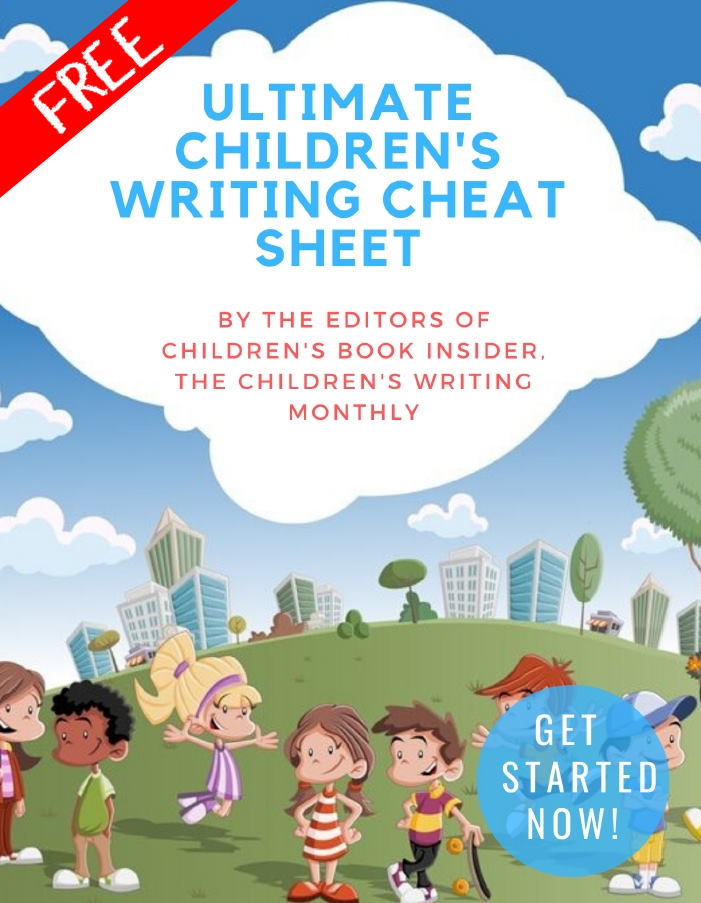
✏ Word Counts & Age Groups for Every Kidlit Category
✏ FAQs, Glossaries and Reading Lists
✏ Category-specific Tips, from Picture Books Through Young Adult Novels
✏ 5 Easy Ways to Improve Your Manuscript
✏ Writing For Magazines …and more!
This is a gift from the editors of Children’s Book Insider, and there’s no cost or obligation of any kind.
We will never spam you or share your personal information with anyone. Promise!
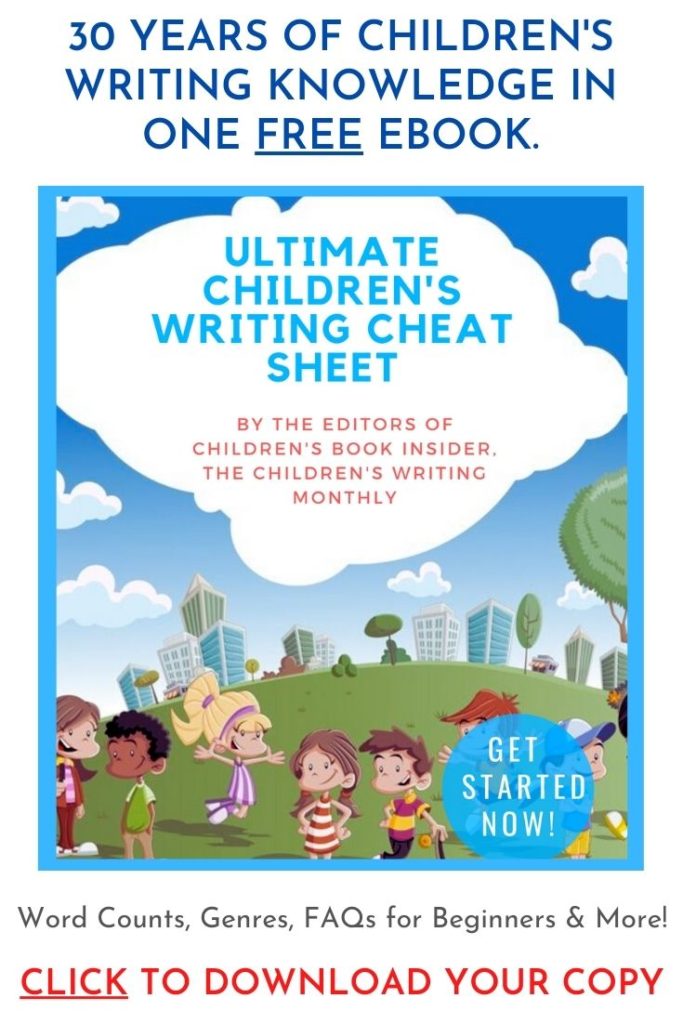
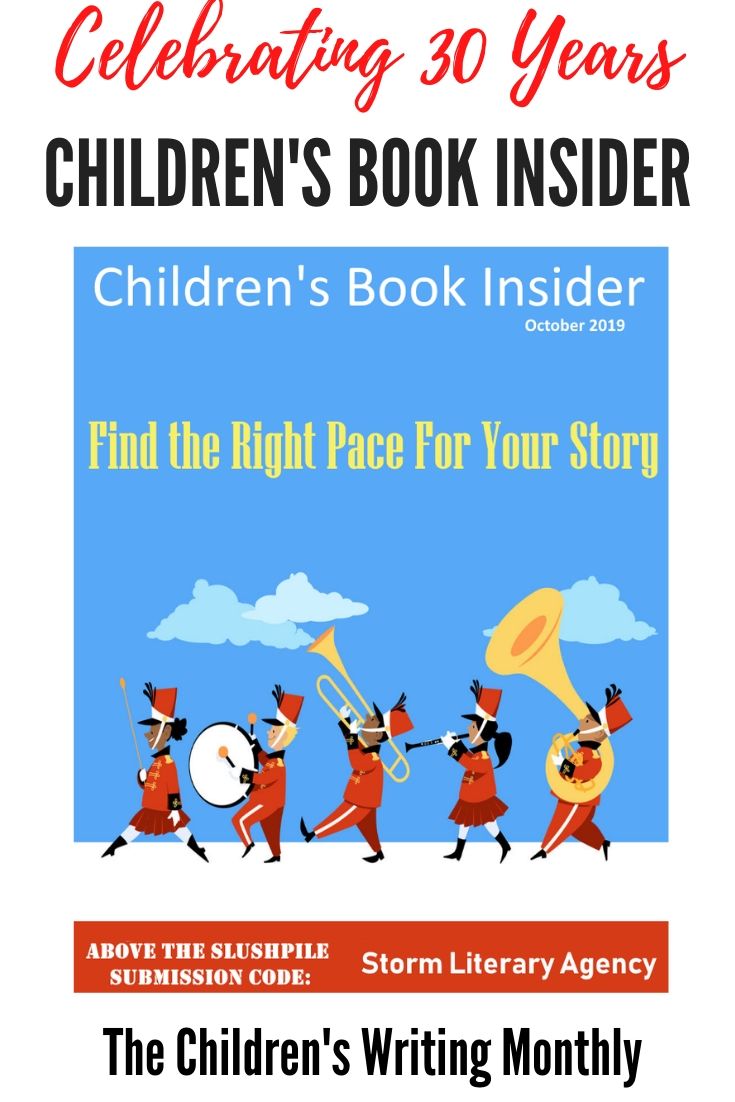
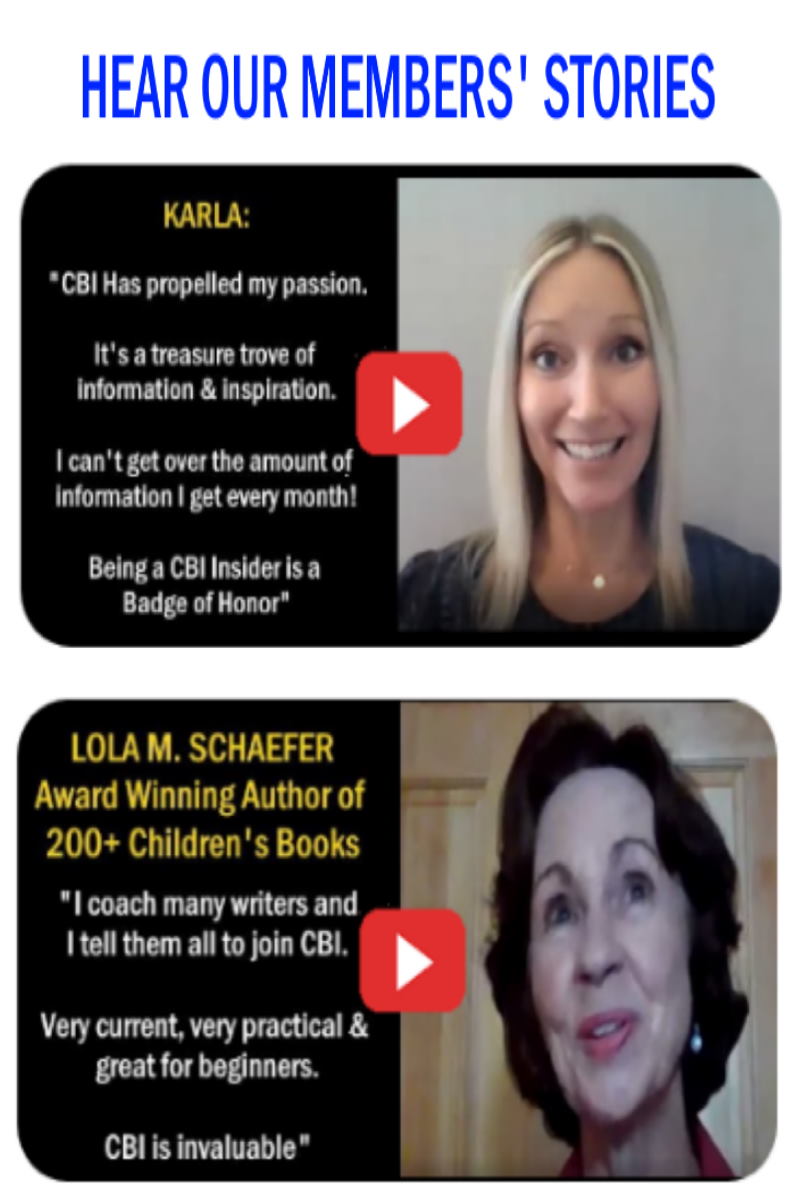
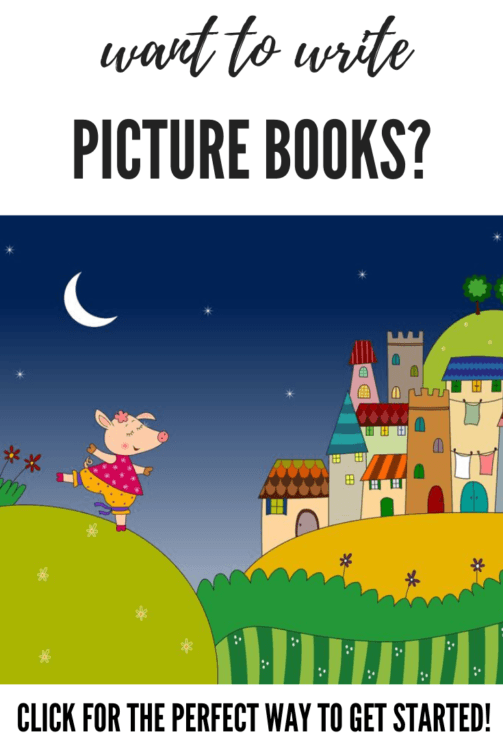


I’m educating myself on ASD. Thank you for giving a good example of neurodiversity and where to find more info. I prefer inclusive definitions and I like yours a lot. I will be following up on the link and I have someone in mind for the book. Thanks. Good read.